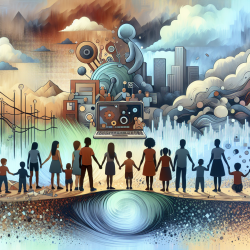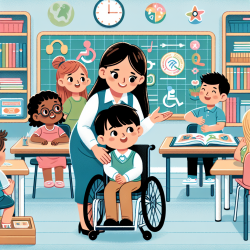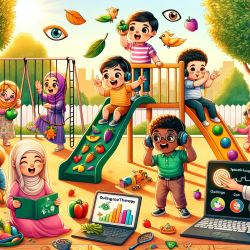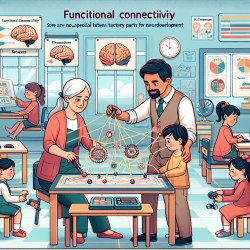Introduction
In the face of disasters, children and adolescents are particularly vulnerable. Their resilience, however, can be a powerful tool in mitigating the impact of such events. A recent study, "Characteristics and components of children’s and adolescents’ resilience in disasters in Iran: a qualitative study," provides valuable insights into the components of resilience in children, highlighting the potential for positive outcomes even in challenging circumstances.
Understanding Resilience in Children
The study categorizes resilience into two main components: internal and external. Internal components include psychological, emotional, cognitive, mental, spiritual, and physical factors, while external components encompass social and behavioral skills. Recognizing these components can guide practitioners in developing targeted interventions to bolster resilience in children.
Internal Components of Resilience
- Psychological and Emotional: Resilient children demonstrate rapid mental recovery, self-care, self-esteem, and a positive outlook. They are motivated, energetic, and capable of honest self-expression.
- Cognitive and Mental: These children exhibit problem-solving skills, creative thinking, and adaptability. They are optimistic, quick learners, and have a strong memory.
- Spiritual: Spiritual well-being enhances resilience by providing hope and reducing mental distress. Belief in a higher power and participation in religious activities can be comforting and empowering.
- Physical: Physical resilience is characterized by high energy levels, fast recovery, and active participation, contributing to overall well-being.
External Components of Resilience
- Social Skills: Resilient children are socially adept, able to work in teams, and influence others positively. They can play a crucial role in community recovery by sharing knowledge and supporting peers.
- Behavioral Skills: These include independence, hard work, and the ability to follow commands. Resilient children often take on responsibilities and contribute meaningfully to their communities.
Practical Applications for Practitioners
For practitioners working with children in disaster-prone areas, integrating these resilience components into therapy and educational programs can be transformative. By fostering psychological and emotional resilience, encouraging cognitive development, and promoting social and behavioral skills, practitioners can help children navigate and recover from disasters more effectively.
Moreover, understanding the cultural context of resilience is crucial. The study emphasizes that resilience is both intrinsic and extrinsic, influenced by cultural and environmental factors. Tailoring interventions to fit these contexts can enhance their effectiveness.
Encouraging Further Research
While the study provides a comprehensive framework for understanding resilience, there is a need for further research to explore these components across different cultural contexts and disaster scenarios. Practitioners are encouraged to engage in research and contribute to the growing body of knowledge on resilience in children.
Conclusion
Building resilience in children is a multifaceted endeavor that requires a holistic approach. By understanding and applying the components of resilience identified in the study, practitioners can empower children to face disasters with strength and adaptability. For those interested in delving deeper into this topic, the original research paper offers a wealth of information and can be accessed here: Characteristics and components of children’s and adolescents’ resilience in disasters in Iran: a qualitative study.










